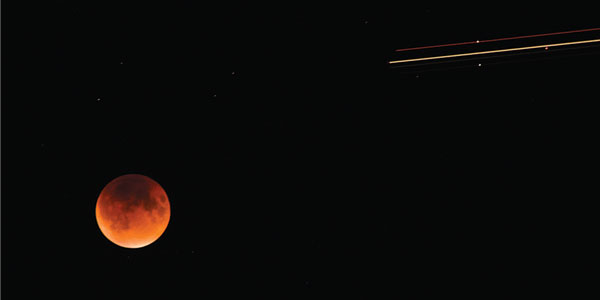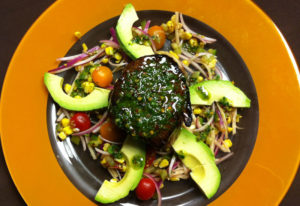 |
 Larry Kelly has been taking photos for many years. He refined his skills as an amateur photographer and went digital in 2006. A retired environmental law enforcement officer, he enjoys photography, writing, and coaching others. He can be contacted at lwkelly113@gmail.com. |
| In Part 1 of this article I suggested taking a month to shoot only in MANual mode to learn photography quickly. Rather than letting the camera do your thinking, you make the changes in aperture (f/stop), shutter speed, and ISO (light sensitivity). You do the thinking, instead of the camera. I also said it was ridiculously easy to use MANual mode. And it really is. Once you make the commitment to do this, to take a deep breath and turn the switch to MANual mode, you will be half way there. Here’s how it works: Make a setting, say, an aperture of f/8. Look in the viewfinder, press the shutter button half way, and you will see a graph with white blocks to either side of a central point. Line the blocks up to the center point (make them go away) using shutter speed and ISO, if needed. This is the proper exposure as the camera’s light meter sees it. Take the shot and evaluate the results using the histogram feature on the LCD display, not the photo. Histogram says too light, or too dark? Press halfway again and reveal some of the little blocks using the shutter speed, or ISO controls, or both together. Your goal is to have a sharp photo with the proper brightness. Same procedure if you make a shutter speed setting first. So, you do need a little knowledge of aperture, shutter speed, and ISO to begin. There’s lots of basic information available on line, in magazines, and books. It’s really not that complicated. You also need to know how to make these settings and changes on your camera. And you need to know how to display the histogram feature on your camera. A little time with the manual will help you here. Now, don’t forget the thinking part! You need to decide beforehand what you want to achieve. Do you want everything in focus, or do you want the subject in focus, with the beautiful blurred background? That’s an f/stop decision that you make on the camera. Totally freeze the action? Or have it blurred, suggesting energy and action? That’s a shutter speed decision. Not sure about these decisions? Play around, experiment, have fun. But pay attention to the results. Don’t worry about mistakes: Just learn from them. Before you know it you will have mastered a fundamental skill of photography, have a greater knowledge of your camera, and be making the pictures you like to make. |
|












 20 lucky winners will win $500 each in prizes totaling $10,000.
20 lucky winners will win $500 each in prizes totaling $10,000. 